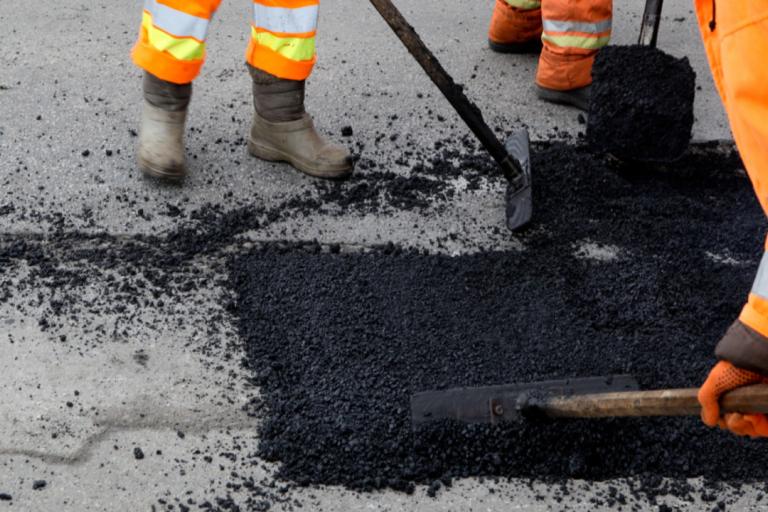
Resurfacing works on many roads in Essex are now in full swing as the warmer and drier spring weather sets in.
Essex Highways has launched its 2023/24 programme to upgrade the condition of many roads across the county. This will repair some of the damage caused by the cold and wet winter conditions.
Essex Highways' budget for maintaining and repairing the carriageway across Essex over the next year is over £35 million. This does not include the £9 million additional investment announced in February, which has now been allocated to the following works:
- £3.46 million for road resurfacing
- £4 million for two member led footways schemes, where members will prioritise funding across their districts
- £1.54 million for carriageway patching
An extra £1.2 million has also been allocated to Local Highway Panels for resurfacing. Additional crews have also been put in place to support Essex Highways teams deliver maintenance and repairs across Essex.
Cllr Lee Scott, Essex County Council Cabinet Member for Highways Maintenance and Sustainable Transport, said: "The additional investment allocated to fixing Essex’s roads is a clear commitment from Essex County Council to ensuring damage caused by the winter is repaired and roads are maintained.
"It’s exciting the resurfacing programme is now underway and is being supported by additional crews secured to help with the volume of work required to repair roads the width and breadth of the county and increase the visibility of the service as these repairs are carried out.”
Essex Highways’ engineers inspect and record the condition of all roads on the network. This ensures the highest risk jobs are prioritised for the safety of the public.
There are five main resurfacing methods that are used across Essex:
- Surface dressing is used where the surface is in reasonably good condition but needs sealing to stop water damage. A large area can be covered very quickly and once completed it can last up to ten years.
- Micro surfacing is a more durable process which places a thin layer of a completely new surface on the road. It takes longer to cover a given area than surface dressing but is used where roads are busier and the surface needs levelling off.
- Machine resurfacing involves removing the existing surface, and a completely new surface is laid. It is a slower process but is very effective in places where the road is badly worn and is required to take heavy traffic.
- Recycling is used in limited areas where the condition of the road is only slightly less than desired and a very durable new surface can be laid. It is easier to re-use existing materials rather than bring in new stone for this method.
- Joint and crack sealing is necessary to stop water damage to the underlying surface. The road surface type will determine which method will be used.
Find out more about resurfacing works and where they will be taking place.
